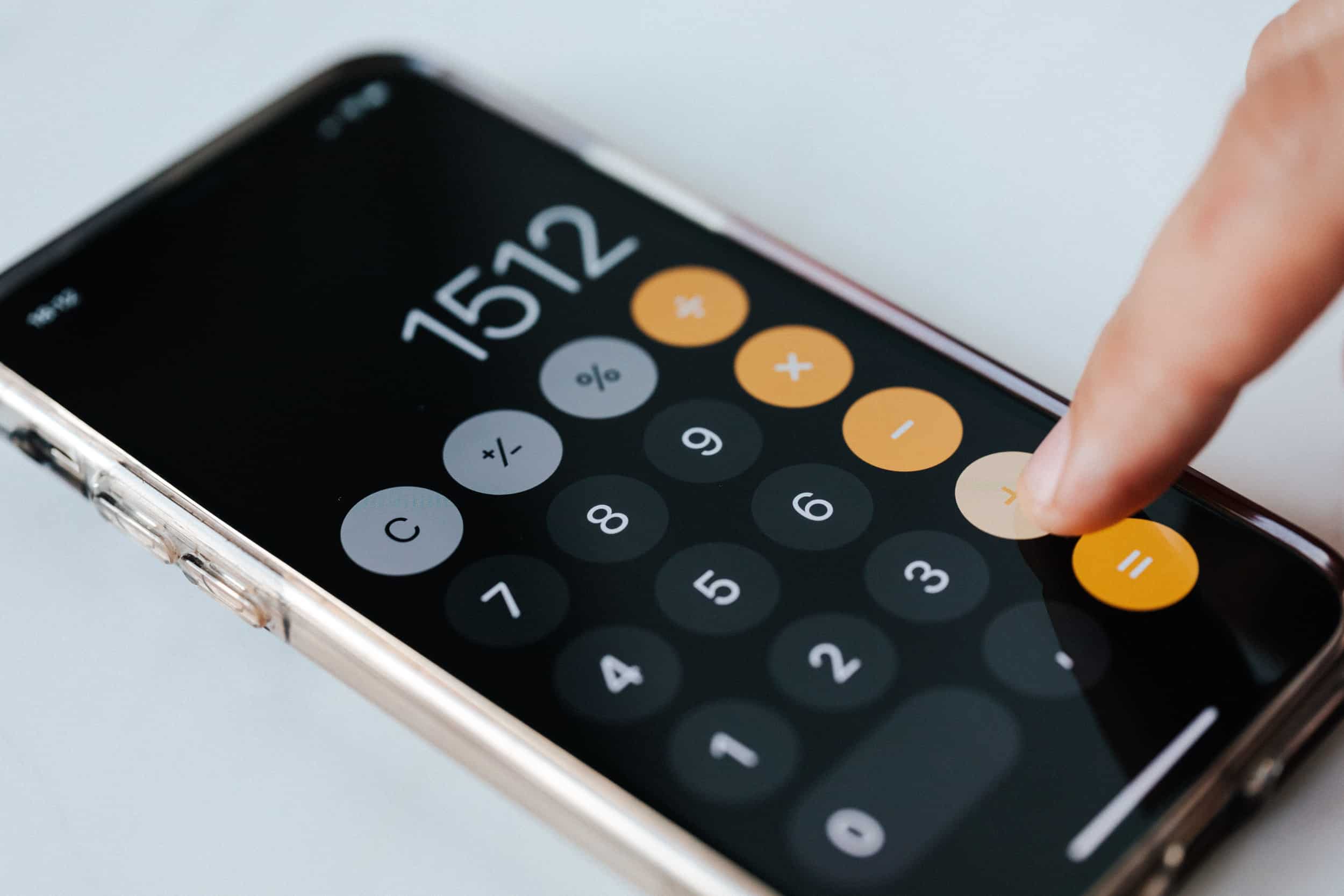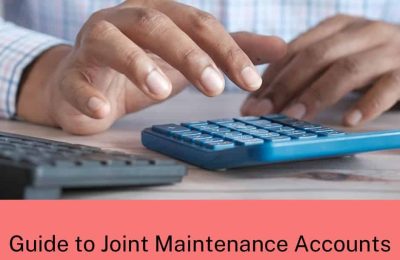All eyes on rent
The rent freeze announced by the Scottish Government in September has continued to be a talking point in Scotland’s private rented sector, and is likely to remain a closely watched topic as 31st March 2023 approaches (it was stated that the freeze would be in place until this date at least).
The discussion about rent amounts presents an opportunity to re-cap on how these are linked with tenancy deposits. Furthermore, as a new year begins, it is a good time to highlight some of the other key points related to deposit management – particularly for any first-time landlords who have chosen to enter the market in 2023.
What is the maximum tenancy deposit amount permitted?
A deposit in any scenario is usually a form of guarantee and a tenancy deposit is no exception, as it is designed to protect the landlord from costs incurred in the event that the tenant causes damage to the property, leaves it in an unclean condition or fails to pay their rent.
The amount of deposit sought at the start of the tenancy is at the discretion of the landlord, however, there is one rule which is that it must not exceed the value of two months’ rent – for example, no more than £1,200 could be asked for as a deposit if the monthly rent is £600.
What do I need to do with my tenant’s deposit when they have paid it to me?
When a landlord takes a tenancy deposit from their tenant, the Tenancy Deposit Schemes (Scotland) Regulations 2011 require the landlord to transfer it to a Scottish Government approved tenancy deposit protection scheme, such as SafeDeposits Scotland.
Tenancy deposits must be lodged with a tenancy deposit protection scheme within 30 working days of the tenancy start date. The schemes are required to notify tenants if their deposit is lodged late and the tenant can apply to the First-tier Tribunal for Scotland (Housing and Property Chamber) for financial sanctions against the landlord if they have not complied with the legislated timescale. Therefore, it really is in the landlord’s best interest to lodge the deposit at the earliest opportunity after they have received it.
What else should I provide my tenants with at the start of the tenancy?
Your tenancy agreement with your tenant is an essential document, as it forms the contract between the two parties. The tenancy agreement will include important points such as rent arrangements, house rules and obligations of both parties. The tenancy agreement should be accompanied by an inventory, outlining in detail the condition and contents of the property at the start of the tenancy.
The Tenancy Deposit Schemes (Scotland) Regulations 2011 mentioned above, also require landlords to provide their tenants with key information about their deposit. This is known as prescribed information and should include points such as the scheme with which the deposit has been lodged and any circumstances in which all or part of the deposit may be retained at the end of the tenancy. As with the lodging of the deposit, the regulations require that prescribed information is given to all tenants named on the tenancy agreement within 30 working days of the tenancy start date.












